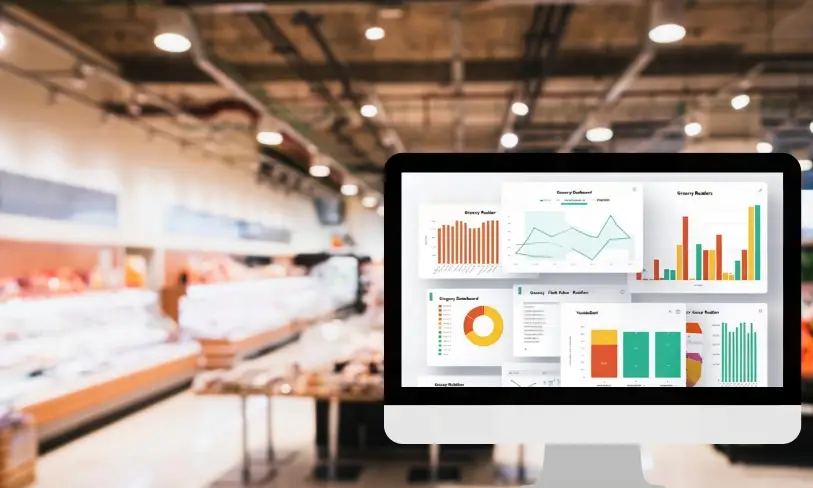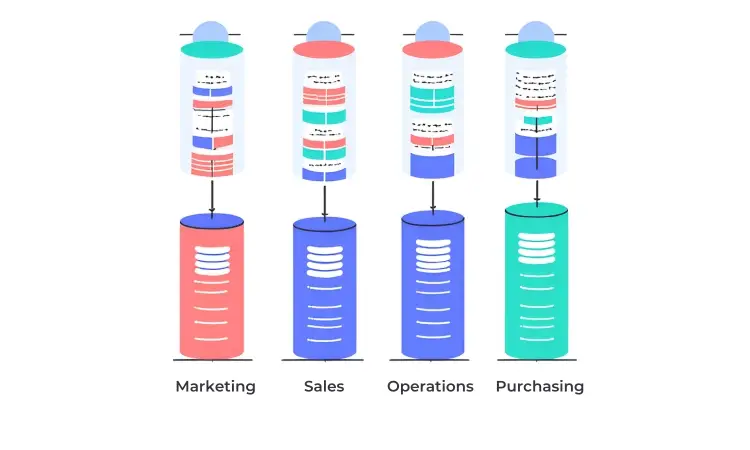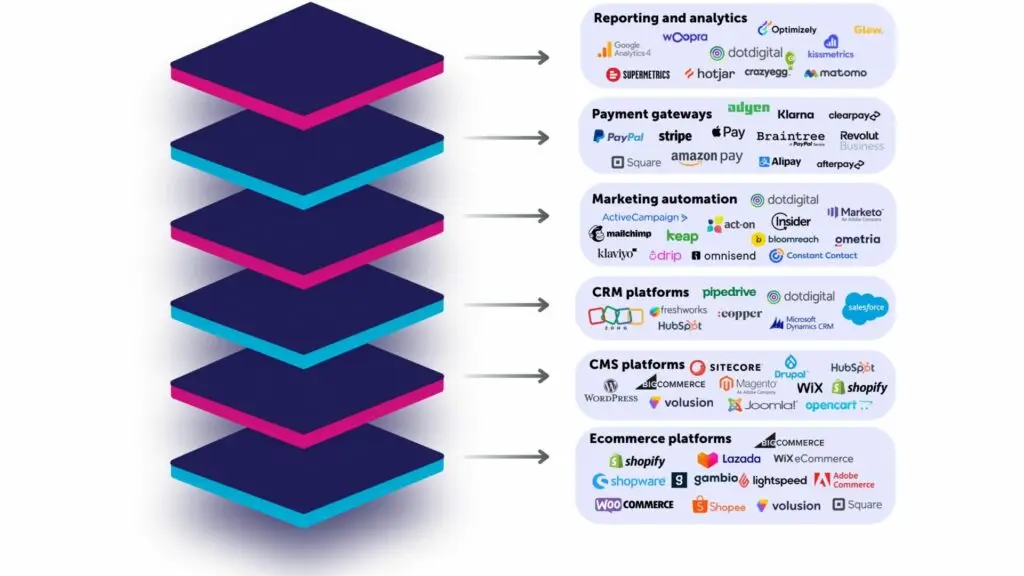In retail, small inefficiencies caused by data silos can lead to significant losses. Imagine an inventory team over-ordering a product because they don’t have access to real-time sales data while the marketing team is promoting an item already out of stock. The result? Missed revenue, wasted resources, and frustrated customers—all because critical information is trapped in disconnected systems.
Retailers are sitting on a goldmine of data, yet many struggle to extract meaningful insights because of internal data silos. A recent study by PYMNTS Intelligence revealed that over half of retail and grocery merchants struggle with limited data sharing across departments, potentially missing out on a 5% revenue boost.

The Data Accessibility Challenge in Retail
Retailers have access to more data than ever before, but accessibility and utilization remain major hurdles. While individual departments may use sophisticated analytics tools, these often operate in isolation. For instance:
- Marketing teams analyze customer engagement but may lack insights into real-time stock availability.
- Inventory managers track supply chain data but may not have visibility into promotional campaign performance.
- E-commerce teams monitor digital transactions but might not correlate this with in-store trends.
This lack of integration leads to inefficiencies such as overstocking, understocking, missed sales opportunities, and an inability to personalize marketing efforts effectively.

Data Analysis as a Bridge to Closing the Data Gap
A data-driven approach does more than enhance efficiency—it reshapes business operations. To successfully implement a data-driven culture, ensure that internal and external partners are aligned and equipped with the tools to support seamless data integration and collaboration. For example, ensure any SaaS or third-party platforms you use have built-in data analysis dashboards that allow you to export and share insights across departments. This helps eliminate silos, enabling smarter decision-making, better resource allocation, and a more agile, customer-focused business.
Here’s how businesses can approach reducing the data gap:
1. Real-Time Inventory and Pricing Synchronization
One of retailers’ biggest challenges is aligning their marketing efforts with real-time inventory. A data-integrated approach ensures that customers see accurate stock levels and pricing, reducing the risk of promoting out-of-stock items.
Practical Step:
- Implement a system that pulls data directly from your POS and inventory management tools. This allows automatic updates across all customer touchpoints, from your website to social media ads.
2. Enhanced Customer Insights for Marketing Personalization
A well-integrated data system tracks user interactions—what they browse, what they click on, and what they ultimately purchase. These insights provide valuable data for marketing teams to refine their strategies.
Practical Step:
- Use engagement data to create personalized email campaigns, targeting customers based on their browsing history and abandoned cart behavior.
3. Cross-Departmental Data Sharing
A centralized data platform ensures that multiple departments can access relevant insights. For example:
- Merchandising teams can analyze which products receive the most attention.
- Supply chain managers can anticipate demand spikes based on customer engagement trends.
- Finance teams can track promotions and pricing strategies against revenue performance.
Practical Step:
- Establish shared dashboards that allow different teams to pull insights from real-time interactions and sales data.
4. Data-Driven Decision Making for Product Optimization
Retailers can analyze data performance to understand which products resonate with customers and adjust their assortments accordingly. If certain products consistently receive high engagement but low conversions, it may indicate issues like pricing mismatches or a need for better product descriptions.
Practical Step:
- Run A/B tests, experimenting with different product layouts, descriptions, and pricing strategies to optimize conversions.
Breaking Down Data Silos for Maximum Retail Efficiency
Dismantling data silos improves operations, transforming how businesses engage with their customers.
To ensure seamless data flow across departments, retailers should:
- Invest in an integrated tech stack: Ensure that all digital tools—from POS systems to inventory management software—connect to a central data repository.
- Foster a data-driven culture: Align KPIs and ensure all teams have access to the same insights to encourage cross-departmental collaboration.
- Utilize AI-driven analytics: Leverage machine learning within data platforms to automate insights, predict demand, and personalize marketing at scale.

Source: dotdigital.com
Turning Data into Revenue
Retailers who bridge the data gap operate more efficiently, unlock new revenue opportunities, and enhance customer loyalty. A data-driven strategy is a powerful yet often underutilized tool in this transformation. Retailers can move from reactive decision-making to proactive, data-driven strategies that drive growth by ensuring seamless data integration.
Businesses that harness their data effectively will have the future of retail. Is your retail business ready to make the shift?


